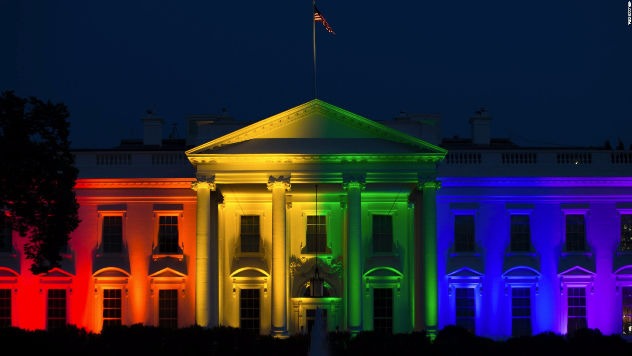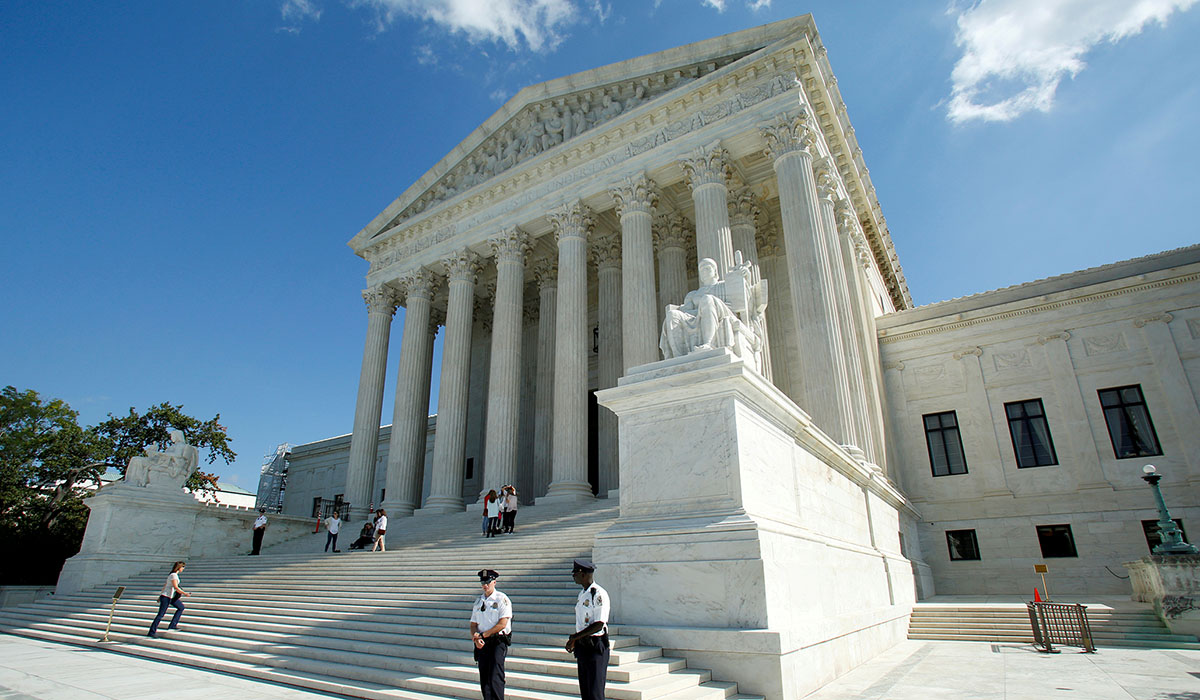By: David French – nationalreview.com – December 4, 2017
It’s astounding how many defenses of the state’s position in Masterpiece Cakeshopdepend on misrepresentation and misconceptions. Last week I wrote about the most common misrepresentation — that Jack Phillips discriminated on the basis of sexual orientation when he refused to design a custom cake for a same-sex-wedding celebration. After all, he served all customers — regardless of race, sex, or sexual orientation. He just consistently refused to design cakes that advanced messages he disagreed with. No person of any identity has the legal authority to compel an artist to use his talents to advance a cause the artist finds offensive.
This weekend, unfortunately, one of the all-time greats of the conservative movement, George Will, advanced a different misconception to conclude that, yes, the state should be able to conscript Phillips’s talents. After committing the common sin of declaring that a finding for Masterpiece Cakeshop would render key parts of the 1964 Civil Rights Act “quite porous,” Will declares that Phillips’s expression is simply not constitutionally protected:
It is difficult to formulate a limiting principle that draws a bright line distinguishing essentially expressive conduct from conduct with incidental or negligible expressive possibilities. Nevertheless, it can be easy to identify some things that clearly are on one side of the line or the other. So, regarding Phillips’ creations:
A cake can be a medium for creativity; hence, in some not-too-expansive sense, it can be food for thought. However, it certainly, and primarily, is food. And the creator’s involvement with it ends when he sends it away to those who consume it.
Will is quite correct that there exists a line between conduct and expressive conduct. Let’s take as one example the floodlights that illuminate the White House. On a normal evening they are “certainly” and “primarily” intended to do one thing and one thing only — light up the building. But there are other times when the primary purpose changes. Such as the night of June 26, 2015, when the White house was “set aglow with rainbow pride.” The Supreme Court had just held that there exists a constitutional right to same-sex marriage, and to celebrate the occasion, the White House lights looked like this:

Is the lighting “primarily” intended for illumination here? Or is it intended to send a very specific political statement? Every reasonable observer knows the answer.
Now, let’s consider the facts of the Masterpiece Cakeshop case. The gay couple eventually selected a rainbow cake to celebrate their nuptials. This decision was every bit as expressive as the White House’s decision to light up its façade. Given the context and the occasion, the meaning was abundantly clear to even the most casual attendee. There is no ambiguity here.
There’s a line, moreover, in Will’s piece that demonstrates surprising ignorance about weddings despite the fact that Will has undoubtedly attended countless ceremonies in his long and illustrious career. Who has ever said that a wedding cake was primarily food? No one wants the cake to taste like trash, but is that the reason that brides, moms, and wedding planners agonize over their cake choice? (Grooms are more likely to be indifferent.) No, they want the cake to be beautiful. They want it to be — dare I say it — a work of art.
Rare is the person who attends the wedding reception eager to chow down on a piece of wedding cake. The common and nearly universal experience in weddings where the bride and groom have even the smallest budget to celebrate is the gathering of guests around the cake, to proclaim how “amazing” it looks, to admire the specific aspects that make it special, the “perfect” cake for the perfect couple.
In ordinary circumstances, the artistry of cake designers is so obvious that it’s presumed — the same with photographers, calligraphers, and florists. This obvious artistry is a reason why no one bats an eye when a baker refuses to design, say, a Confederate-flag cake. The message it is sending is staring you in the face. But a message may be implicit instead, present though not obvious, even if the artistry is. For example, does anyone believe that the prohibitions against sex discrimination would compel a fashion designer to create a dress for Melania or Ivanka Trump?
There is no ambiguity as to whether the design of the cake in this case communicated a message.
There is no slippery slope between Masterpiece Cakeshop and segregated lunch counters. There is no ambiguity as to whether the design of the cake in this case communicated a message. The Supreme Court can, in fact, rule in favor of Jack Phillips without doing the slightest bit of harm to generations of civil-rights case law. In fact, it can explicitly reaffirm its rulings in those cases at the same time that it defends free speech. It’s that simple.
It cannot, however, rule against Phillips without committing an act of judicial violence against both the First Amendment and common sense. Phillips doesn’t discriminate on the basis of any person’s identity. He was asked to engage in an act of artistic expression that communicated a specific cultural, religious, and political message. The Constitution and generations of Supreme Court precedent hold that he has the right to refuse to speak that message — regardless of whether it’s delivered by punditry or by pastry.
Source: Masterpiece Cakeshop Case: Free Speech Still Obtains | National Review
 Listen Online
Listen Online Watch Online
Watch Online Find a Station in Your Area
Find a Station in Your Area







 Listen Now
Listen Now Watch Online
Watch Online
